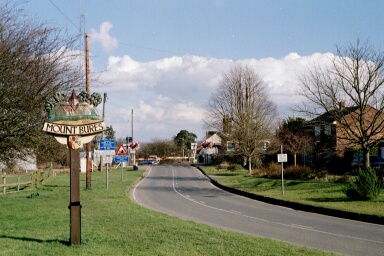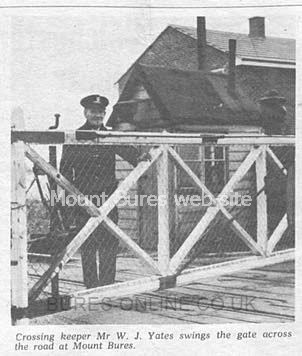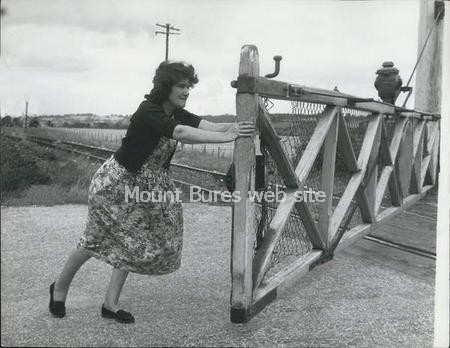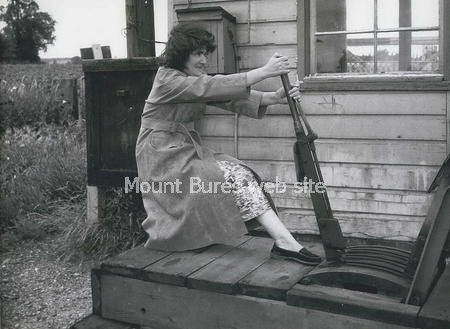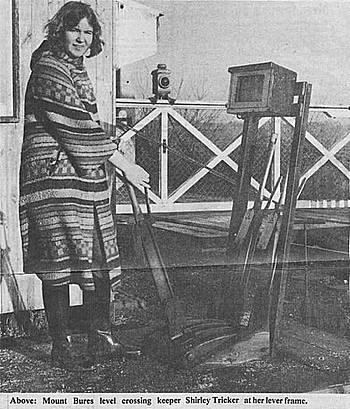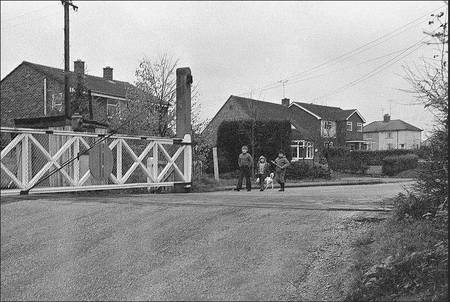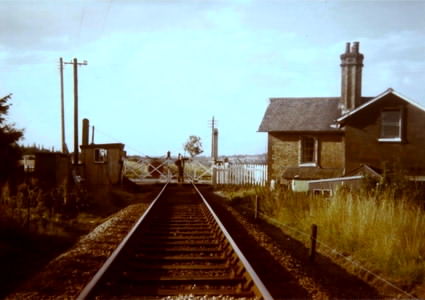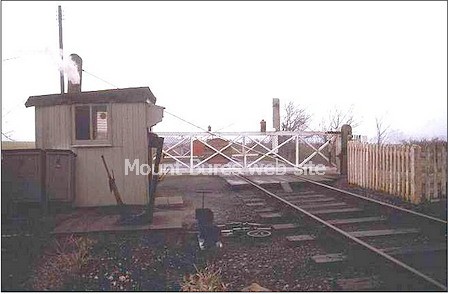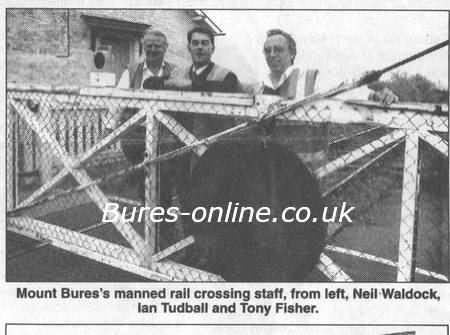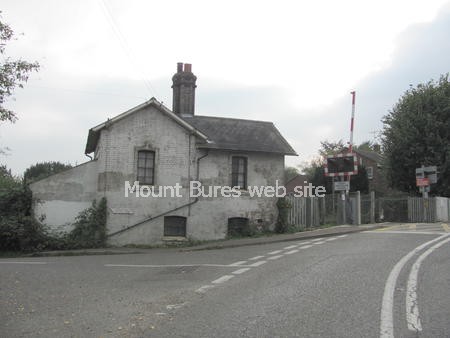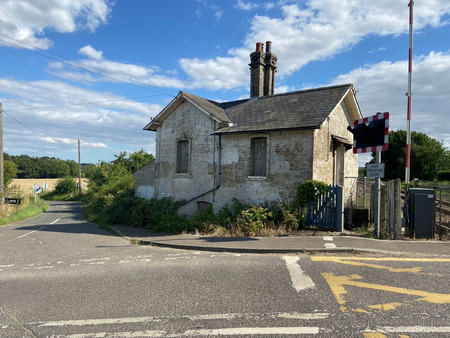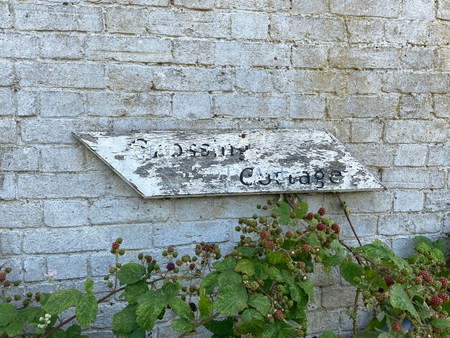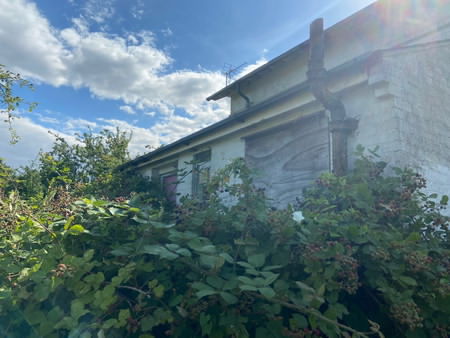|
Femail Crossing
Keepers known officially known as Gatewomen
By July 1914,
there were 413 SignalWomen and Gatewomen employed nationally.
By 1950 women had been working as crossing keepers for a
century.
Typically, they worked between eight and 12 hours a day,
six days a week, for 27s, while men performing identical
work received 80s for a 48-hour week. Women were tired of
being told that this inequality was due to agreements made
between the company and the National Union of Railway Men
One, Mrs Duerden, observed that is was 'high time the Union
got some of these obsolete agreements were altered.`
Managers were reluctant to grant women any time off: according
to the companies, a day's work for a female crossing keeper
consisted of 24 hours, yet a day's leave consisted of providing
a stand-in for just eight hours! During 1950 there were
1,285 male and 1,591 female crossing keepers, so the usual
excuse - that women were a tiny minority and therefore of
no significance - was inapplicable. It is possible that
the NUR thought women crossing keepers a lost cause, and
one that could jeopardise the men's case. However, it continued
to accept the women's subscriptions.
Despite being in the majority, gatewomen seem to have been
invisible to some. One railwayman complained of 'scandalous
conditions, such as inhuman hours of work, miserable wages
and an utter lack of facilities for recreation' which were
endured by 'heroic hard-working crossing keepers' who gave
day and night selfless services which are safeguarding the
lives of millions of passengers, not to mention the millions
of tons of goods vital to the war efforts'.
The men's campaign for more wages bore fruit in 1947 when
rates of pay for gatemen were raised to between 76s and
95s (inclusive of 25s 6d war wage). while the highest-graded
woman
earned a mere 53s (295 plus 24s war wage). Men also won
10s 6d per week compensation
for being excluded from the 48 hour week, which had been
conceded to all other male
grades. Nothing was offered to women.
Gatewomen Duerden
wrote to The Times
We are classified as 'Railway Workers' but when improvements
are made we find
another well-worn expression applies to us: "This concession
is not granted to
female crossing keepers"
Marriage to a railwayman was not a very attractive proposition
for a single
gatewoman, for she would immediately suffer a pay cut of
8s to 10s." The practice of
paying a railwayman's wife lower wages was abolished after
Nationalisation in 1948 and, at the same time, all gatewomen
were awarded a 4s rise.
Female crossing keepers continued to suffer disparity in
uniform provision: men were
issued a cap, jacket and vest annually, trousers every six
months and a coat every three years.
Women received no uniform, but BR conceded that they could
have an overcoat
every four years.
By 1956, crossing keepers' pay was 140s to 144s for men
and 71s to 90s for women.
owing to union agreements in the 1950s, railwaymen were
restricted by law to a 12 hour day , while women residential
crossing keepers could work 16 hours or more.
Furthermore, men were granted an eight-hour period off duty
each week, while women
were granted only four hours' 'shopping leave'.
When one femail crossing keeper requested an extra hour
off-duty for Christmas shopping she found her pay docked
a quarter day."
============================================
Courtesy of
Helena Wojtczak, author of "Railwaywomen"
https://www.amazon.co.uk/Railwaywomen-Exploitation-Betrayal-Triumph-Workplace/dp/1904109047
Her special
areas of interest and expertise include the British women's
suffrage movement, nineteenth century feminism, railway
labour history, and the Victorian working classes. In 1995-97
she compiled a unique audio-taped oral history of women
war-workers, and was consultant historian to the National
Railway Museum, helping to create a major exhibition on
the history of railway workers.
|

Kathleen May Willingham
Probably moved to Mount
Bures Crossing Cottage in 1958. (unconfirmed)
Lived at White Colne
Died 2005, Registered at
Braintree
NB- There was a large Willingham
family living in Bures after the end of WW2.
There may well be a family connection between Kathleen
and this local family.
if anyone can supply me with Kathleens family history,
I would be very grateful.
|
